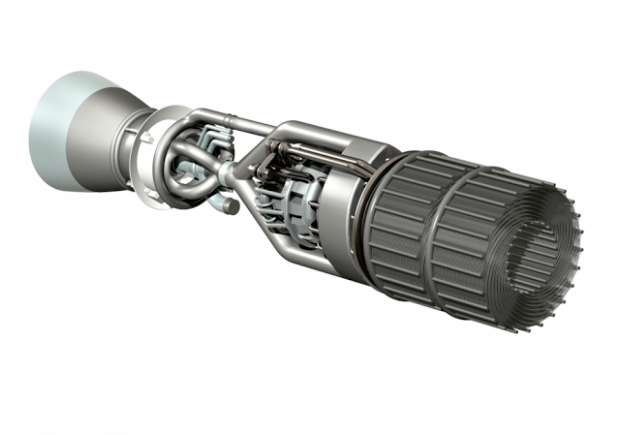
Breaking News
 BACKWARD ROLLING CONFIRMED: 1,624 Contracts Just Demanded Delivery NOW ($100 Silver is Inevitable)
BACKWARD ROLLING CONFIRMED: 1,624 Contracts Just Demanded Delivery NOW ($100 Silver is Inevitable)
SEMI-NEWS/SEMI-SATIRE: January 11, 2026 Edition
 "Appalling": Debanking Explodes To Record High In Britain
"Appalling": Debanking Explodes To Record High In Britain
 MTG explodes in astonishing f-bomb laden tirade as Trump orders Secret Service probe:
MTG explodes in astonishing f-bomb laden tirade as Trump orders Secret Service probe:
Top Tech News
 World's most powerful hypergravity machine is 1,900X stronger than Earth
World's most powerful hypergravity machine is 1,900X stronger than Earth
 New battery idea gets lots of power out of unusual sulfur chemistry
New battery idea gets lots of power out of unusual sulfur chemistry
 Anti-Aging Drug Regrows Knee Cartilage in Major Breakthrough That Could End Knee Replacements
Anti-Aging Drug Regrows Knee Cartilage in Major Breakthrough That Could End Knee Replacements
 Scientists say recent advances in Quantum Entanglement...
Scientists say recent advances in Quantum Entanglement...
 Solid-State Batteries Are In 'Trailblazer' Mode. What's Holding Them Up?
Solid-State Batteries Are In 'Trailblazer' Mode. What's Holding Them Up?
 US Farmers Began Using Chemical Fertilizer After WW2. Comfrey Is a Natural Super Fertilizer
US Farmers Began Using Chemical Fertilizer After WW2. Comfrey Is a Natural Super Fertilizer
 Kawasaki's four-legged robot-horse vehicle is going into production
Kawasaki's four-legged robot-horse vehicle is going into production
 The First Production All-Solid-State Battery Is Here, And It Promises 5-Minute Charging
The First Production All-Solid-State Battery Is Here, And It Promises 5-Minute Charging
 See inside the tech-topia cities billionaires are betting big on developing...
See inside the tech-topia cities billionaires are betting big on developing...
Reaction Engines UK progressing to full demonstrator hypersonic engine...

Unlike jet engines, which are only capable of powering a vehicle up to Mach 3, three times the speed of sound, SABRE engines are capable of Mach 5.4 in air-breathing mode, and Mach 25 in rocket mode for space flight. They are simply going to revolutionise the way we travel around the globe, and into orbit. Like jet engines, SABRE can be scaled in size to provide difference levels of thrust for different applications which is crucial to our success - it's going to enable a whole generation of air and space vehicles.
There are three core building blocks to the SABRE engine, the pre-cooler, the engine core and the thrust chamber. Each of these systems can be developed and validated using ground based demonstrations which saves cost and time relative to flight test, a design feature that benefitted the development of the propeller and jet engine, We plan to demonstrate each of these independently over the next four years, beginning with a high temperature test of the pre cooler in 2017.

 Storage doesn't get much cheaper than this
Storage doesn't get much cheaper than this

